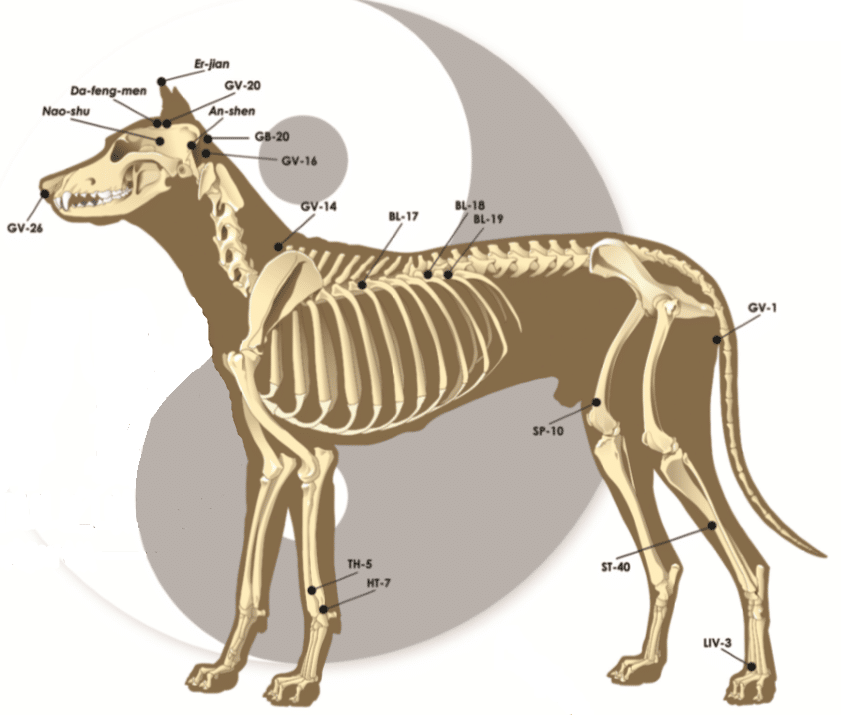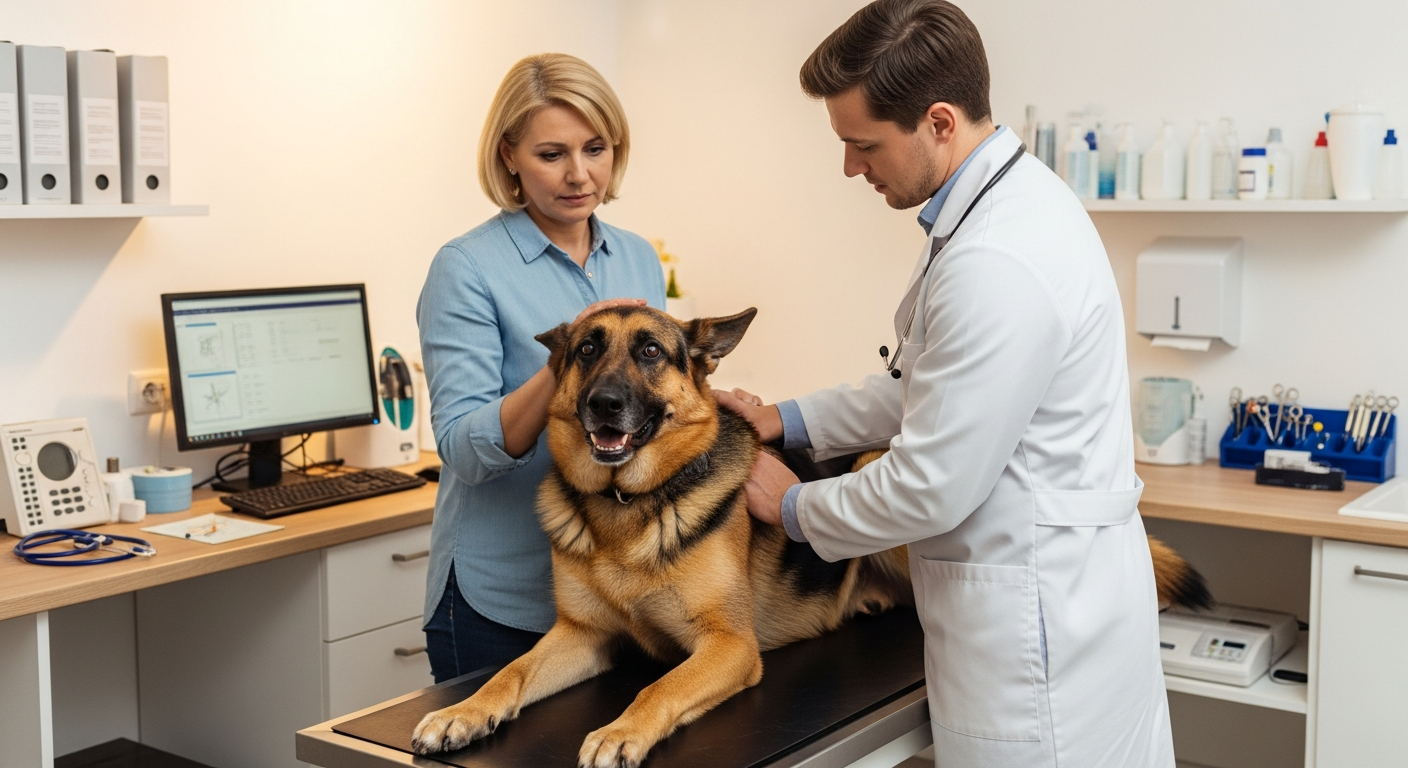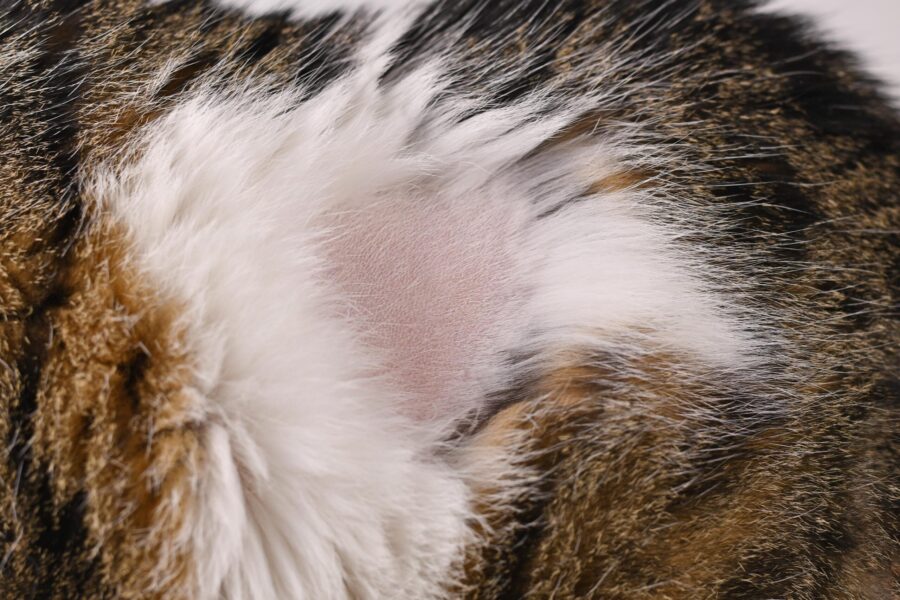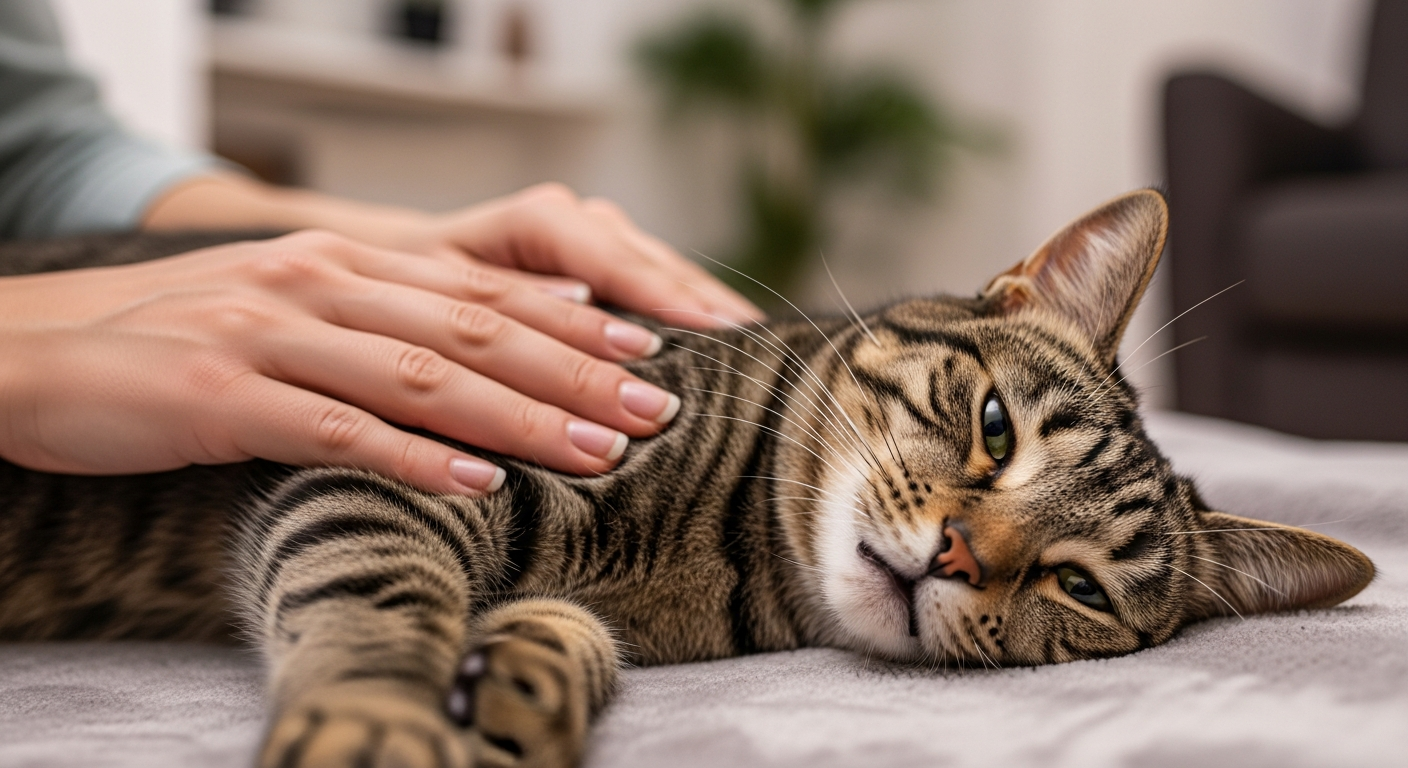Veterinarians are always seeking innovative ways to treat complex gastrointestinal disorders in their patients. In this blog post, we’ll discuss a study that sheds light on the potential of electroacupuncture (EA) in treating both irritable bowel syndrome (IBS) and ulcerative colitis (UC). This research could have significant implications for veterinary medicine, particularly in treating these challenging conditions in companion animals.
Understanding IBS and UC
IBS and UC are two distinct intestinal diseases with different pathological changes. Despite their differences, both conditions can significantly impact an animal’s quality of life. The study aimed to explore whether acupuncture at a single point, Zusanli (ST36), could effectively treat these two different intestinal diseases affecting various layers of the intestinal barrier.
Transcriptome Analysis
Using transcriptome data analysis, researchers were able to closely investigate the molecular changes occurring in IBS and UC in mice. This advanced technique revealed that both conditions disrupted the intestinal barrier at various layers, providing a more comprehensive understanding of these diseases at a cellular level.
Similarities and Differences in Intestinal Barriers
The study uncovered fascinating insights into how IBS and UC affect different components of the intestinal barrier:
- Epithelial Barrier: Both IBS and UC showed reduced levels of ZO-1, Occludin, and Claudin-1, indicating damage to the epithelial barrier.
- Mucus Barrier: UC, but not IBS, showed destruction of the mucus barrier with decreased MUC2 expression.
- Vascular Barrier: UC exhibited higher CD31 levels and reduced mesenteric blood flow, while IBS showed lower PV-1 levels.
The Efficacy of Electroacupuncture
Perhaps the most exciting finding for veterinary practitioners is that EA at the ST36 acupoint significantly improved the intestinal barrier lesions in both IBS and UC in mice. This suggests that EA could be a valuable tool in our treatment arsenal for these conditions in companion animals.
Homeostasis Regulation: A Potential Mechanism
The researchers hypothesize that the effect of acupuncture may be a form of homeostasis regulation. This concept aligns with the traditional Chinese veterinary medicine viewpoint that a single acupoint can address multiple issues.
Implications for Veterinary Practice
These findings open up new possibilities for treating IBS and UC in animal patients. By understanding the specific effects of EA on different layers of the intestinal barrier, we can potentially develop more targeted and effective treatment protocols.
This groundbreaking research provides valuable insights into the potential of electroacupuncture as a treatment option. While more research is needed to fully understand the mechanisms at play and to translate these findings to various animal species, this study represents a significant step forward in our understanding of integrative veterinary medicine approaches to intestinal health.







